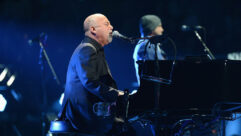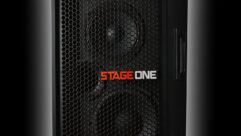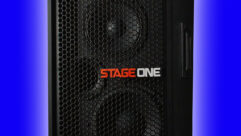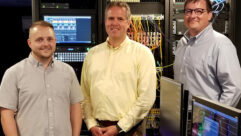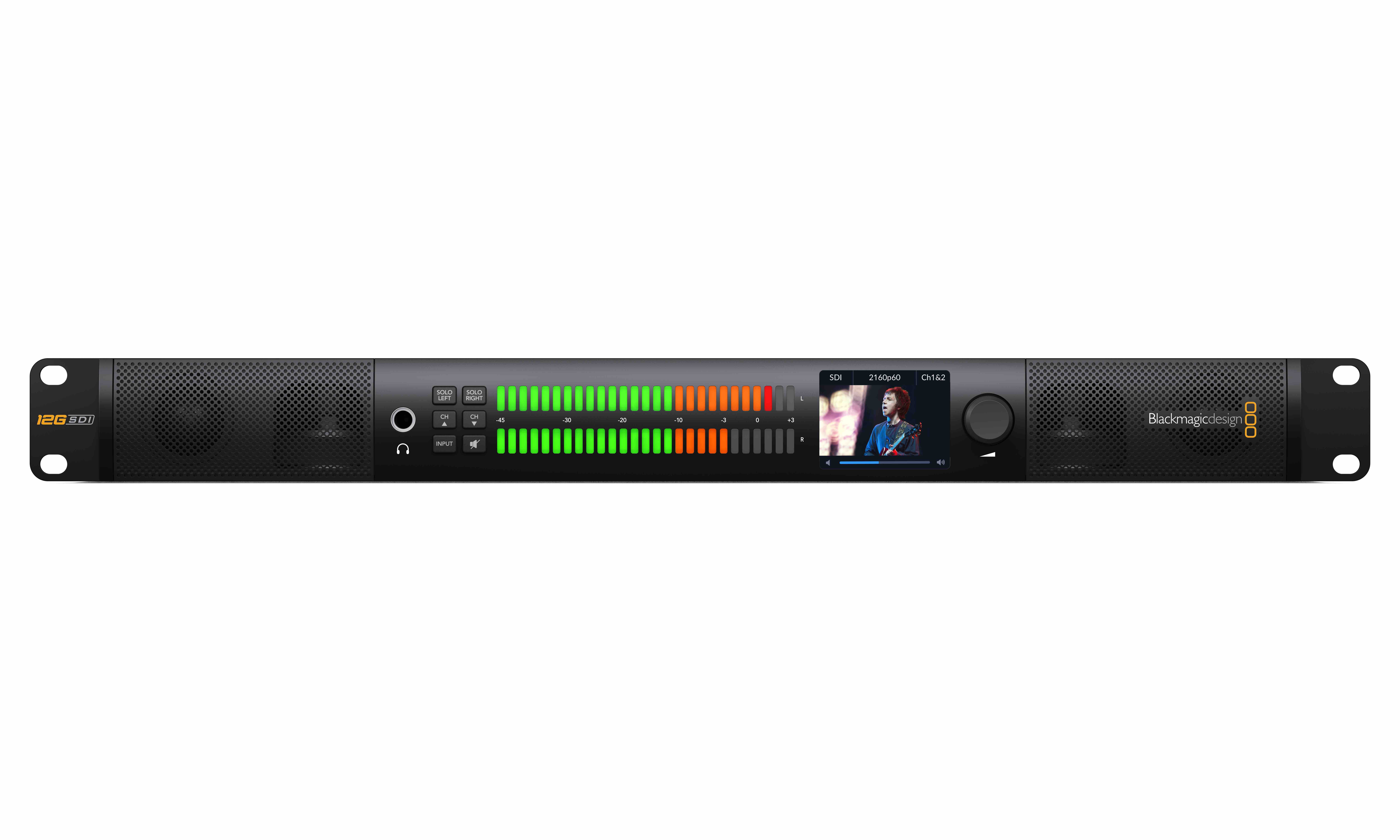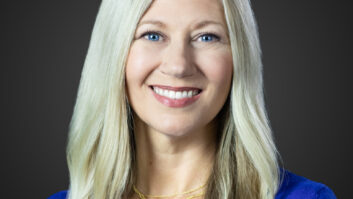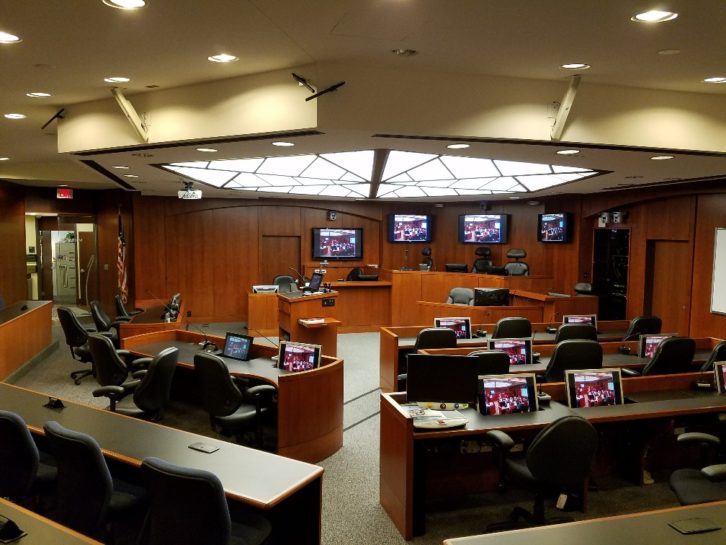
The Center for Legal and Court Technology, part of the Marshall-Wythe Law School at the College of William & Mary, is widely considered to be the global authority on courtroom and legal technology. The Center is a joint initiative of William & Mary Law School, which is the oldest law school in the United States, and the National Center for State Courts, located next door. Its mission is to improve the world’s legal systems through the appropriate use of technology.
The visible manifestation of The Center’s work is the McGlothlin Courtroom, the most technologically advanced courtroom in the world that relies on ever-evolving technology today to shape the legal systems of tomorrow.
Primarily, the McGlothlin Courtroom is a laboratory and classroom that serves as a test bed for the latest advancements in courtroom and legal technology and a training ground for tomorrow’s lawyers. The Courtroom is equipped with the newest generation of court-reporting technology and the latest hardware and software. It is also equipped for multiconnection video conferencing, making it possible to host lessons and demonstrations with remote groups from around the world. In fact, the Courtroom has hosted judges and/or courtroom administrators from every country except Liechtenstein and North Korea.
The Challenge
Technically speaking, audio is perhaps the most difficult element to capture in a courtroom. It’s very unlikely a lawyer will remain standing at the litigator’s podium while presenting a case. Walking away from the podium will likely cause their words will be lost with a fixed microphone on the podium. Why is that a problem? Because courtroom microphones exist not only to ensure people in the courtroom and remote locations can hear every word, but to feed digital audio and video recording systems that often create the official court record. If the microphone can’t pick up the audio, then there’s no court record, and lack of a court record is frequently enough to reverse a case.
The Solution
The Center for Legal and Court Technology has long relied on Yamaha Unified Communications’ Executive Elite four- and eight-channel wireless microphone systems to capture audio in the McGlothlin Courtroom. The Center keeps both omnidirectional, gooseneck and wearable versions on hand to use when communicating by video conferencing, when the digital audio court-recording system is active, and whenever sound amplification is needed.
Executive Elite microphones feature an elegant look, superior audio pickup, exceptional signal-to-noise ratio, easy operation, and enhanced digital signal communication over wireless links. With the latest battery technology and power-saving features, the microphones allow up to 20 hours of talk time and 72 standby hours. In addition, AES 256-bit encryption with automatic rekeying every 5 minutes ensures wireless security of the audio signal.
The flexibility that the microphones provide is especially useful when lawyers are moving about the room or when unanticipated circumstances arise. Counselors simply clip a wearable microphone to a pocket, lapel, or the like, and they’re adequately covered wherever they walk, even if they leave the vicinity of a fixed microphone. Wearable microphones are also essential when conducting remote courtroom demonstrations for people in other locations, which happens often.
The Result
“Simply put, Executive Elite microphones resolve our need for audio coverage wherever we are in the Courtroom,” said Fredric Lederer, chancellor professor of law and director of the Center for Legal and Court Technology at William & Mary Law School.
The Center finds reliability to be the Executive Elite’s most impressive quality.
“First and foremost, they just work, which is no small thing,” Lederer said. “They do what they’re supposed to do without complication. We can go about our business without giving a second thought to the audio.”
Another aspect that The Center finds especially important is that the wearable mics are compact, unobtrusive, and easy to place and operate. Executive Elite mics have an indicator light to show whether they’re on or off, and there are no antennas to get in the way. After attaching the mic, users simply press a button to un-mute and begin speaking.
McGlothlin Courtroom users never have to worry about the battery running out since the mics are stored in a charging dock — an important factor in an environment where there is no one dedicated to checking and replacing batteries in the microphone.
When it comes to The Center’s overall experience, no one says it better than Lederer:
“The great joy of the Executive Elite microphones, other than the fact they work so very well, is that they are portable. They not only do an excellent job of handling the audio, but they’re small enough to be worn or placed in an appropriate location without hampering a lawyer’s or a judge’s activities or without looking conspicuous. We are rather great fans.”
Link to Photos: www.ingearpr.com/YamahaUC/Yamaha-UC_William_Mary_Case-Study-Photos.zip


